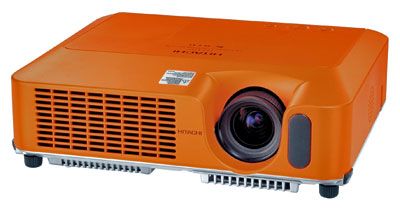We never have enough time, however I have managed to find the time to spend some time talking about time…Over the last ten years or so I have been supporting staff in FE in the use of learning technologies, all the time when I run training sessions though I hear the following comments:
“I don’t have the time.”
“When am I suppose to find time to do all this?”
“I am going to need more time.”
There are a few options when it comes to time and finding the time.
First option, double your working hours each week, this will give you more time for work, less for home, but remember it has to be for the same money!
Second option, don’t sleep! Sleep is somewhat overrated and think of all that time you are wasting sleeping, when you could be doing so much more. We live in a world which never sleeps according to an overused cliché.
Third option, use a time machine, such as the Tardis or H G Wells’ time machine and travel back in time to catch up on all the time you need, you might break a few laws of time, but I won’t tell.

Seriously though, time is finite and fixed. We can’t change the amount of time we have. All that is possible is prioritising how we use our time and working more efficiently
Everybody already uses technology to save time. People drive to work rather than walk. There are microwaves and fridges in staff areas which means it is possible to save time over lunch. Telephones enable quicker and easier communication and for planning meetings and contacts it can save time. Video recorders allow us to time-shift watching television programmes. Kettles avoid having to light a fire to make a cup of tea!
Everyday we use technology to make our lives easier and to save time.
Often learning technologies can be used to make our lives easier and importantly save time.
Do you give your learners any type of formative assessment, do you find the marking takes a large amount of time, or do you use valuable contact time, getting the students to mark each others’ assessments, or do you not bother as you don’t have the time? You can put assessments on a VLE and it can save time, as the VLE will mark the assessments for you. Importantly such formative assessment will allow you to identify learners having difficulties which can impact on retention and achievement.
Do you spend time finding or copying resources for students who missed a session, or have lost them. How do you cope with differentiation or providing a personalised learning experience in addition to this. By using a VLE and uploading interactive whiteboard notes, handouts, presentations, your learners will be able to find and access the resources they need at a time and place to suit them, saving you time and making their lives easier. However if you also provide additional resources, links, digital online collections, you can start to provide a differentiated and personalised learning experience which will challenge the more able learners and support the learners with greater needs.
Why not think about what you do have time for? What I mean by this is how do you prioritise how you spend your working week? How much time do you spend planning lessons and how much time do you spend creating resources for your lessons?
The following topics are covered significantly across many vocational and academic areas across the college. Do you create resources for these areas yourself, or do you use other peoples?
- Customer Service
- Health and Safety
- Marketing
- Study Skills
- Equal Opportunities
Sharing makes sense and saves time. So how do you share when one of you is based at different sites on a multi-site college? You know I am going to say through the VLE don’t you?
How do you share when you are based in a college in Gloucestershire and somebody else is based in a college in York. You know I am going to say through JORUM don’t you?
Working together, both internally and externally, can have significant impact on the speed and quality of delivery. The ability to bring high quality expertise from different disciplines to share good practice, develop ideas and address learning and implementation strategies can be highly effective. Synergy means that working together produces better results than the sum of the parts working individually.
But I hear you cry, “I don’t like using other people’s stuff…”
I know, but I am 100% certain that everyone does use other people’s stuff not just now and again, but all the time. When you photocopy a page from a book or an article from a journal, that is someone else’s stuff. When you use an article from a newspaper or a journal, that is someone else’s stuff. When you show a video, that’s someone else’s stuff.
We use other people’s stuff all the time. Building on the work of others is a valid way of working. It is how academic research is undertaken, building on the work of others.
Using other people’s stuff saves time.
Time is valuable, but we can’t increase the time we have, we can prioritise how we spend our time and use technologies to save time. We all use technology everyday to save time and make our lives easier.
Learning technologies can be used to save time, make our lives easier in the college; as well as enhance learning, improve retention and increase achievement for our learners.




 I am a great fan of Comic Life which comes free on most new consumer Macs and was pleasantly surprised to see that
I am a great fan of Comic Life which comes free on most new consumer Macs and was pleasantly surprised to see that